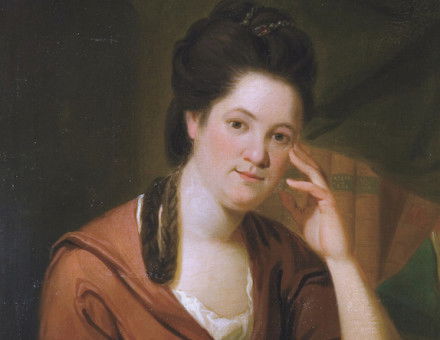Mid-Victorianism
G.M. Young portrays the golden political calm and sense of cultural comfort at play in mid-Victorian England.
Within the two years 1846 and 1847 Thackeray, Livingstone and Bright, Dickens, Browning and Pugin reached their thirty-fifth birthday. Which of these is the most typical figure in the mid-Victorian picture, which is the most significant? But there is another name to be added to that list, and the popular verdict might be that the most significant and typical was—Samuel Smiles. Nor would that verdict be so very far wrong. If you ask what did it feel like to be alive and thinking in the fifties, Self Help and The Lives of the Engineers will get you some way to the answer. An example: the saying, Sanitas sanitatum omnia sanitas is always ascribed to Disraeli. He took it from Smiles, who quoted it from Julius Menochius and who he may have been I cannot find out. But it seems to me highly characteristic of the age that the Secretary of a Railway Company should spot and remember for his own use the saying of some Renaissance philosopher or physician. It was part of the sentiment of the time that we, too, were living in a great age and sharing the magnificence of the great ages of the past.





